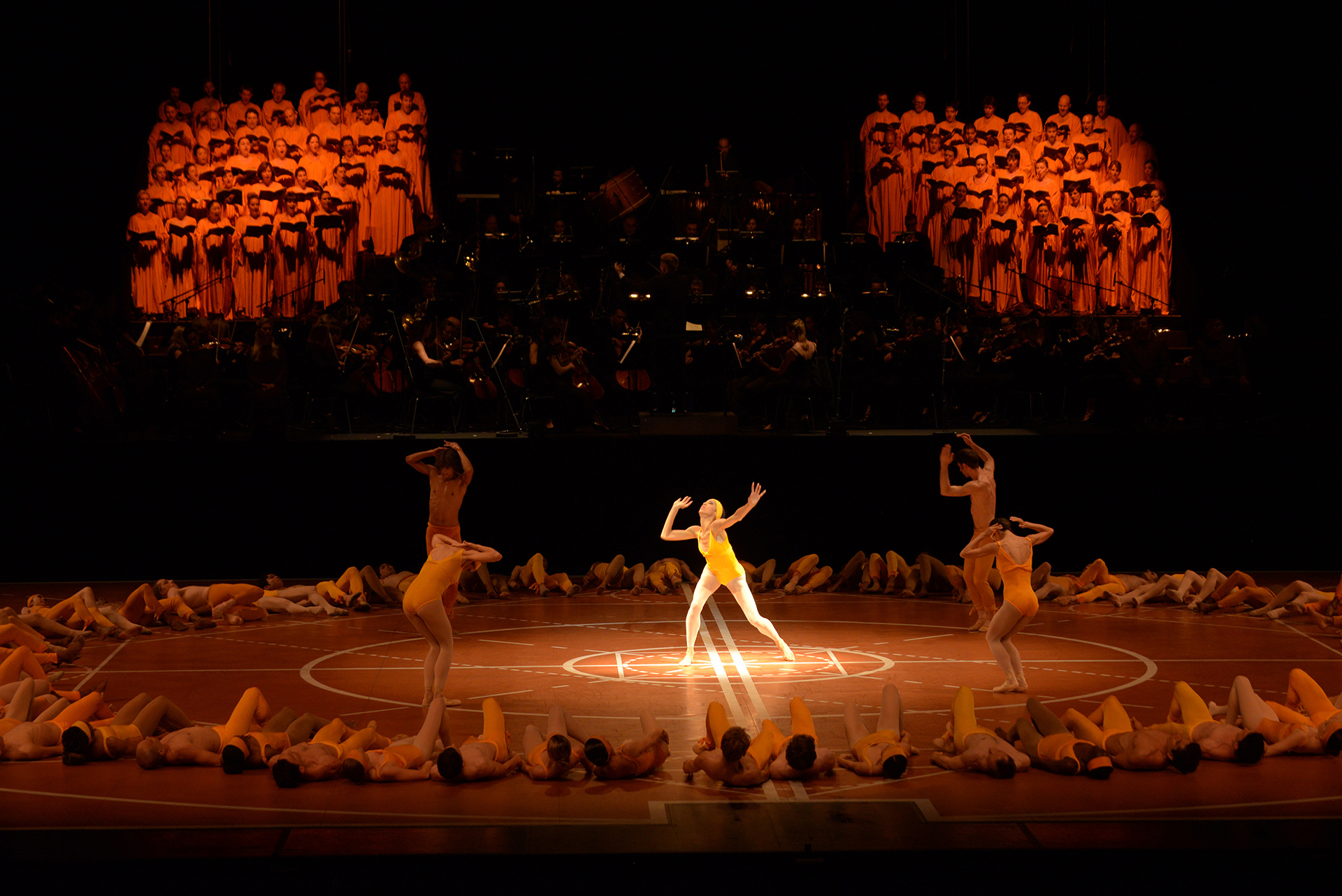
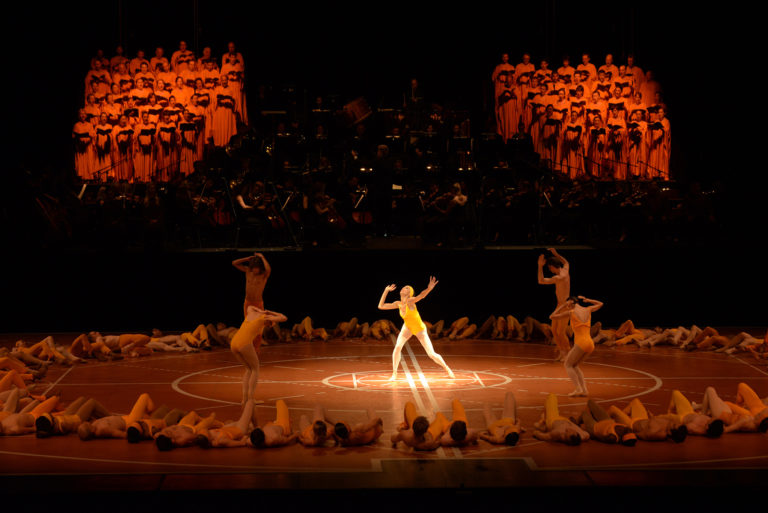
Illustrious guests
Nestling between Lake Geneva and the Alps in a strategic location at the heart of Europe, the little capital of the Vaud canton has always exuded an international atmosphere. Over the centuries, its discreet, soothing nature has allowed it to attract many famous names from all around the world who have appreciated the city’s all-pervasive aura of safety and protection.
Ensconced in the discreet calm of this jewel of Switzerland, literary and cultural figures, sporting pioneers, musicians and major stars have found the inspiration to complete works and projects that have earned global attention and success, to such an extent that they have become adoptive children of this city for which they have retained an eternal loyalty…
MAURICE BÉJART (1927-2007)
Whenever the M2 metro passes through the Place de la Riponne station, a distinct rhythm of dance steps resonates through the carriages of the new metro in homage to Maurice Béjart, one of Lausanne’s adoptive sons. Born in Marseille in 1927, the dancer and choreographer first made his name in the dance world in the Belgium of the early 1950s. In 1987, after differences of opinion with the Director of the La Monnaie Theatre, Maurice Béjart accepted an offer from the Philip Morris Foundation and moved to Lausanne, where he remained until his death on 22nd November 2007. He created the Béjart Ballet Lausanne, a company that has staged much anticipated performances at the Beaulieu Theatre ever since. In 1992 he then opened the Rudra Béjart School, which closed its doors in 2021.
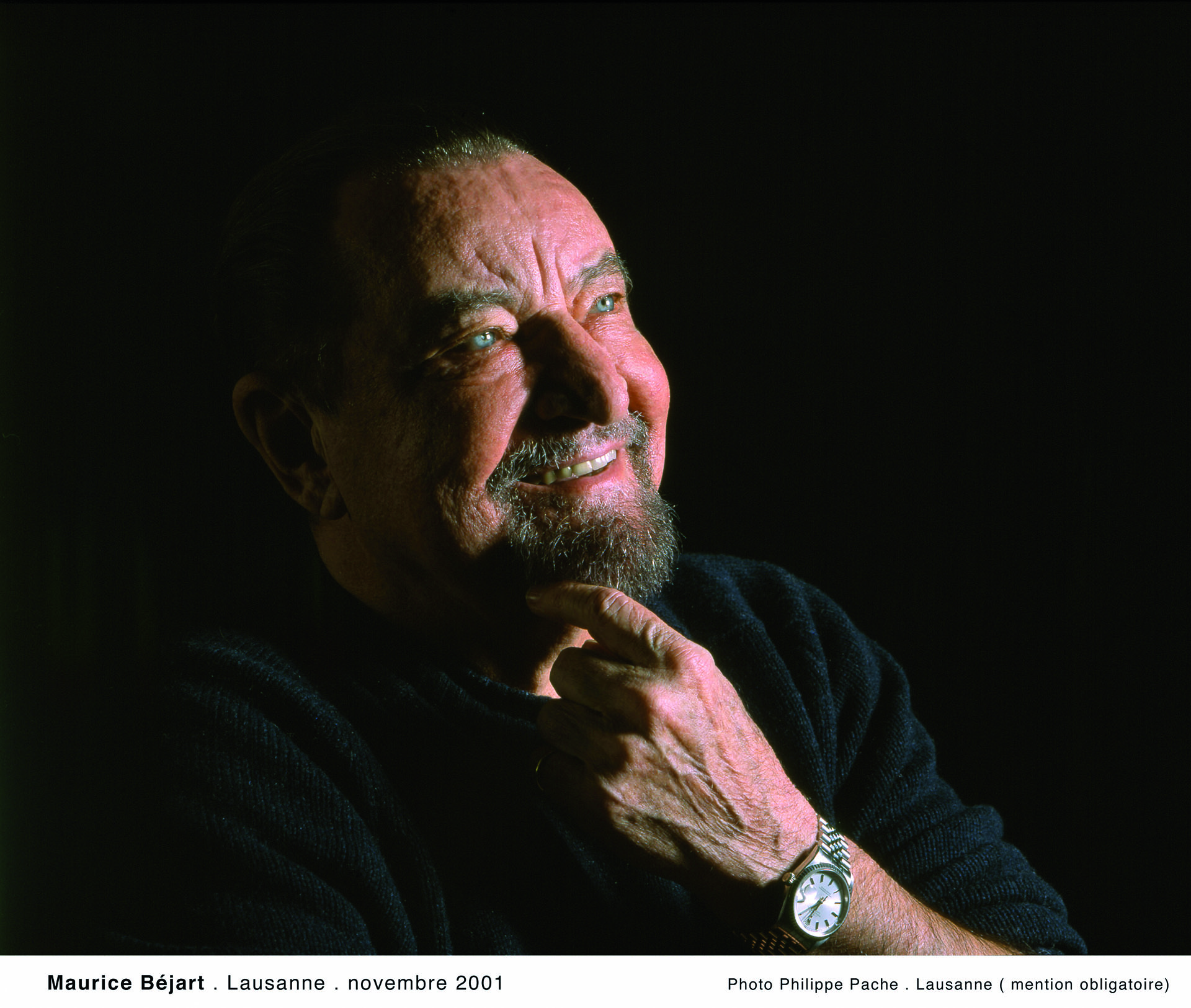
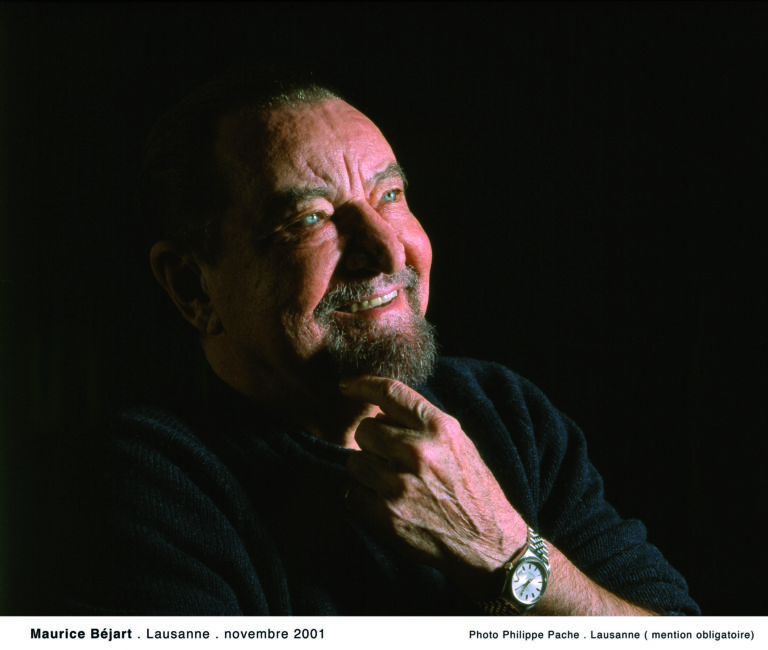


JEAN-JACQUES ROUSSEAU (1712-1778)
During his adventurous youth, Rousseau spent July to November 1730 in Lausanne. In Book IV of his “Confessions”, he recounts how he lived under a borrowed name, teaching music of which he had little knowledge and even writing a composition of his own, which was performed at a private concert and proved to be a complete flop. He returned to Lausanne several times, but only for brief visits, notably between 1744 and 1754.
JOHANN WOLFGANG VON GOETHE (1749-1832)
Johann Wolfgang von Goethe visited Lausanne in 1779 during the trip that he made to Switzerland accompanied by his friend Duke Charles-Auguste de Saxe-Weimar. The travellers lodged at the “Lion d’Or”, made the Vevey pilgrimage required of disciples of Rousseau, visited two foreign noblewomen, the Duchess de Courlande and the Marchioness de Branconi, a celebrated beauty of her time. Goethe was very fond of the area surrounding the city, but found Lausanne itself to be ugly and insubstantial (not without reason, perhaps, as it was then still only a small rural town …).
MADAME DE STAËL (1766-1817)
Germaine de Staël, daughter of the politician and financier Necker and the Lausanne-born Suzanne Curchod (founder of the Necker Hospital in Paris) stayed in Lausanne several times, both at the Château de Beaulieu where she lived with her parents as a young woman, and at the Élysée. It was there that, in 1807, she joined her hosts, Madame Récamier and Benjamin Constant, to stage Racine’s “Andromaque” (to the great pleasure of the people of Lausanne, who loved theatre as much as they had in the time of Voltaire).
CHATEAUBRIAND (1768-1848)
In addition to four short trips in 1805, 1822, 1828 and 1832, the author of “The Genius of Christianity” made a visit to Lausanne lasting two and a half months between May and July 1826. As an out-of-favour minister seeking a calm working environment in which to write up his complete works, Chateaubriand rented an apartment in a house on Rue de Bourg (No 10). He lived there with his wife, who was not too discomfited thanks to the friendship of their neighbours Rosalie de Constant and her cousin Laure de Cottens. Towards the end of his stay, the writer attended the “Fête du Bois” youth festival and won enthusiastic applause from the young people of Lausanne.
STENDHAL (1783-1842)
The French novelist Henri Beyle, better known as Stendhal, passed through Lausanne in May 1800 with the rearguard of the army that Napoleon was taking to Italy via the Grand-Saint-Bernard Pass. A 17-year-old volunteer and novice cavalryman, in Lausanne the future novelist had a fierce altercation with the billeting attendant, who seemed to be questioning French honour. That, at least, is the account given in his autobiographical work “The Life of Henri Brulard”, in which he humorously recounts this comic-heroic event worthy of Fabrice in the “Charterhouse of Parma”.
GEORGE GORDON, Lord BYRON (1788-1824)
George Gordon, Lord Byron, came to Lausanne during the tour of the lake that he made with Shelley in June 1816. Highly impressed by his visit to the Château de Chillon and having heard of the captivity of Bonivard, on 28th June Byron composed his famous poem “The Prisoner of Chillon” in one uninterrupted session at the Hôtel de l’Ancre where he was staying with Shelley. An inscription on the façade of the building (now the Hôtel d’Angleterre and a Residence) recalls the event. Byron passed through Lausanne again three months later, during a tour that took him from Geneva to the Oberland.
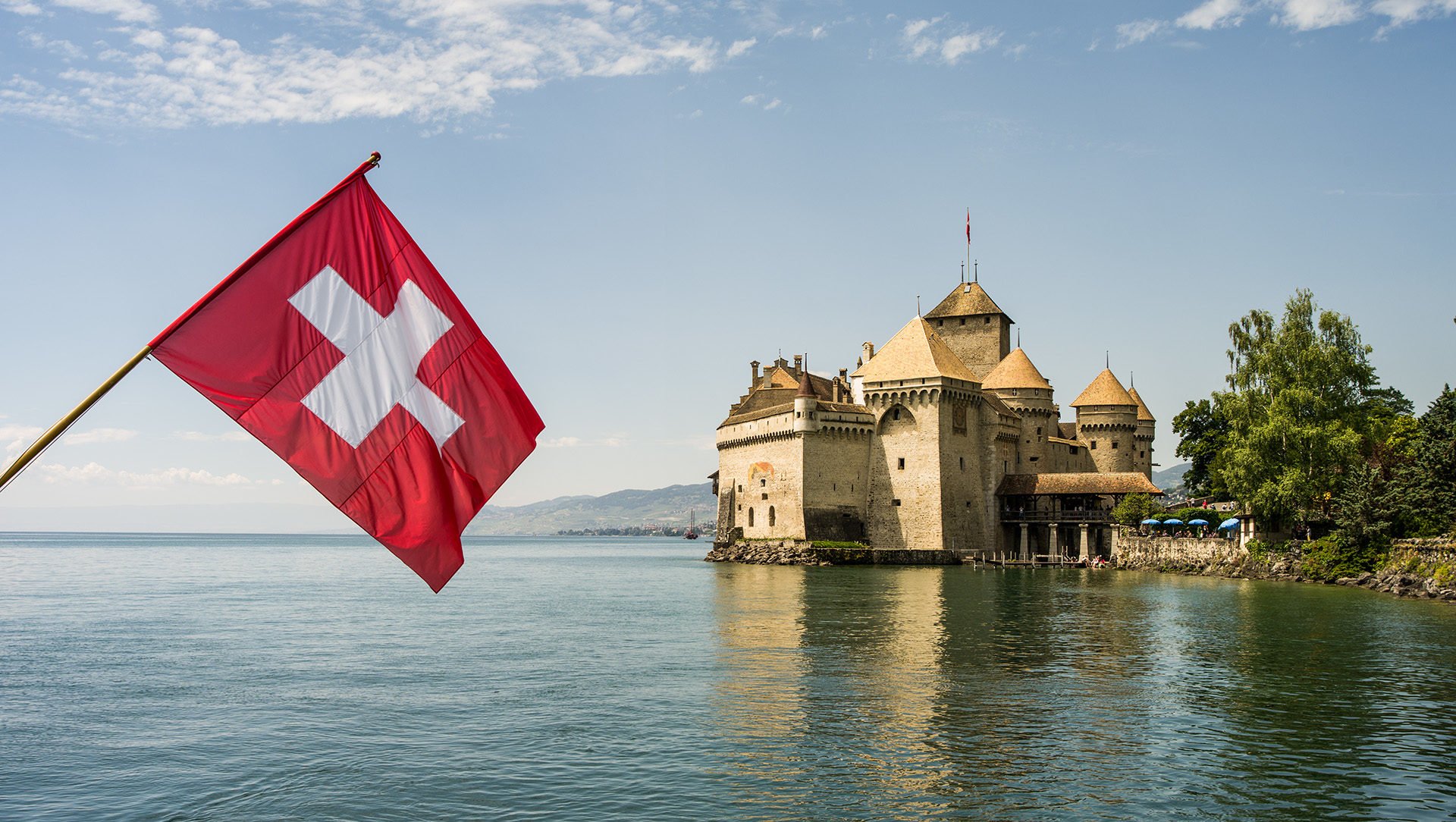
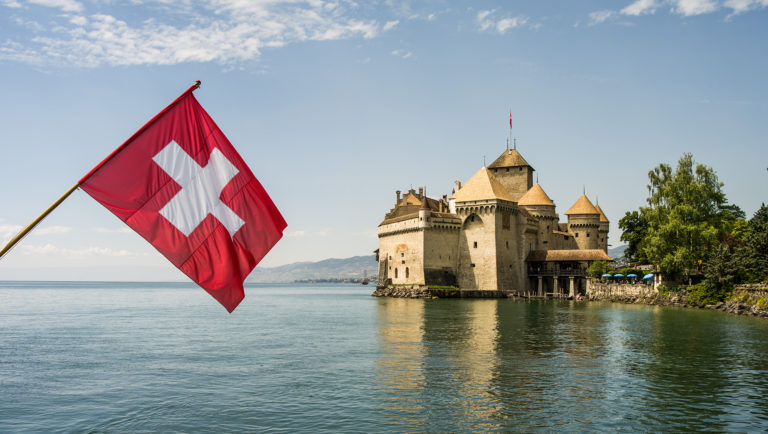
PERCY BYSSHE SHELLEY (1792-1822)
Percy Bysshe Shelley, the great English lyric poet, came to Lausanne with his friend Byron during the tour of the lake that they made in June 1816. Like Byron, he lodged at the Hôtel de l’Ancre in Ouchy (now Résidence and Hôtel d’Angleterre) and visited Gibbon’s house in la Grotte, which he described in one of his letters.
ALEXANDRE DUMAS père (1802-1870)
Alexandre Dumas père spent several days in Lausanne in 1852. He was received there by people who strove to present him with all its wonders, ranging from the fera fish of Lake Geneva to the Béthusy model penitentiary via ice-creams from Café Morandon on Rue de Bourg: “They cost three batz”, he says in his “Impressions de Voyage”, and they are the best that I have eaten in my life”. As for his impression of the houses of Lausanne, he thought they resembled “a game of swans drying themselves in the sunshine…”
VICTOR HUGO (1802-1885)
The author of “Les Misérables” (and the poet who wrote “The Legend of the Ages”), who had spent time in Lausanne in 1825 and 1839, found that the landscapes and history of Lausanne provided material for his writing, including his travel diaries “The Rhine” and “The Alps and Pyrenees”. Later, as an exiled political activist, he came to the Montbenon Casino to preside over the “Peace Conference” of 1869, where he proclaimed himself a “citizen of the United States of Europe and the World”. During his final visit to Lausanne in 1883, the poet stayed in Avant-Poste with Paul Cérésole, former President of the Swiss Confederation.
CHARLES DICKENS (1812-1870)
The English novelist, Charles Dickens, came to spend six months in Lausanne in 1846 with his wife, his children, four maids and a dog. After a brief stay at the Hôtel Gibbon, he rented Rosemont Villa (now on Avenue Tissot) where he wrote much of his novel “Dombey and Son”, enjoying the peace and tranquillity that had been lacking in England. In Lausanne, he formed a friendship with William Haldimand, the owner of the Denantou Park, who had been a British MP and a director of the Bank of England.
PIERRE DE COUBERTIN (1863-1937)
Baron Pierre de Coubertin, who revived the Olympic Games, had stayed in Lausanne on several occasions before the First World War and finally came to set up home there in November 1914, establishing the headquarters of the International Olympic Committee (IOC) there in 1915. Ever since, thanks to him, Lausanne has played a major role in the organisation of the Olympic Games; so the city felt compelled to express its recognition, on 22nd July 1937, by granting him the title of Honorary Citizen of Lausanne. He was buried in the Bois-de-Vaux cemetery, but his heart was taken to Olympia.
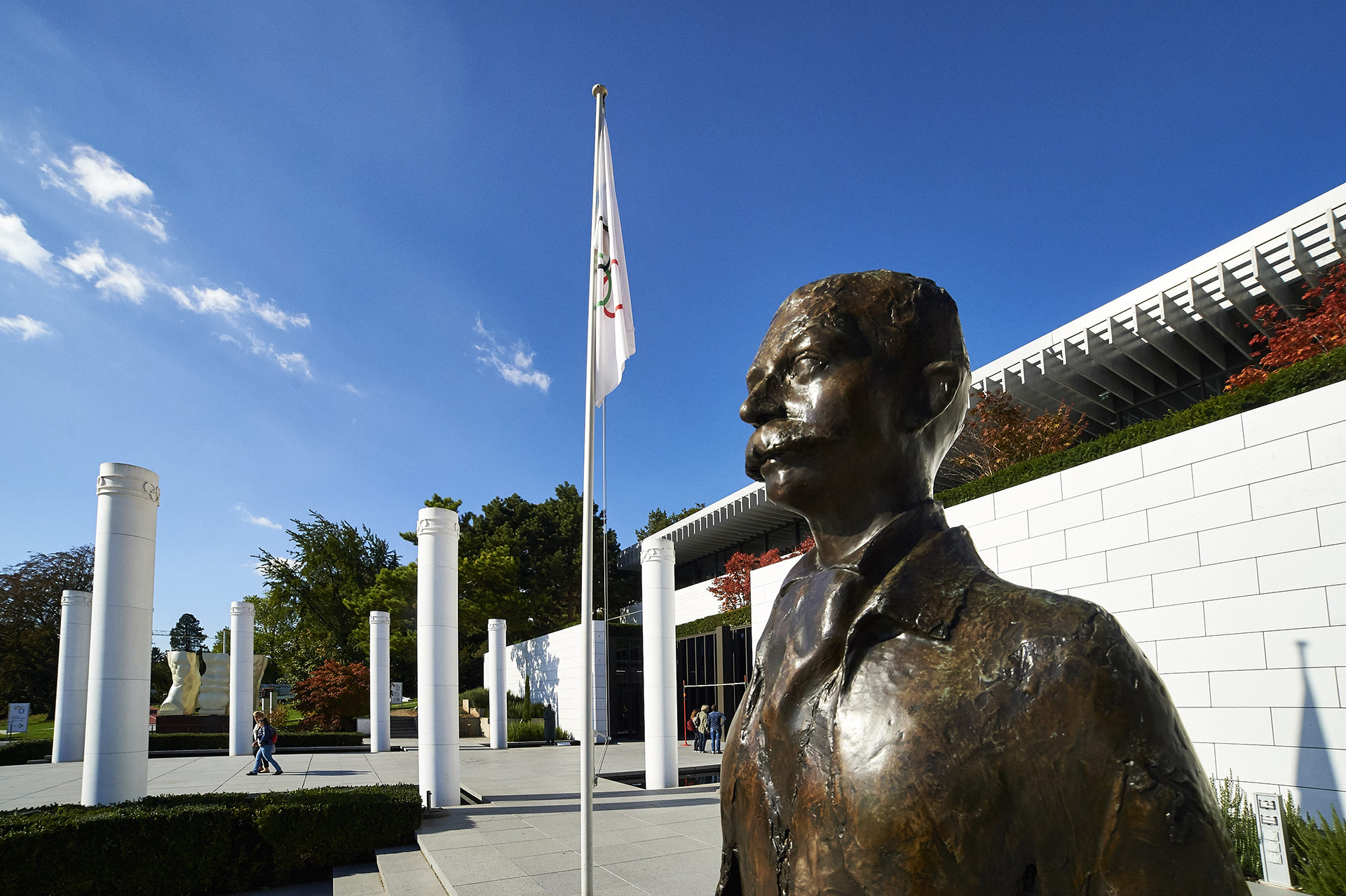
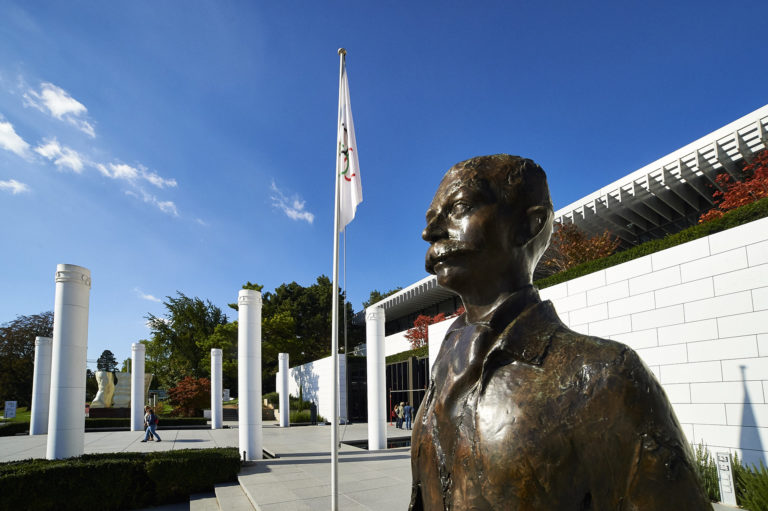
RICHARD STRAUSS (1864-1949)
The German composer and conductor, Richard Strauss, who wrote “Der Rosenkavalier” and “Death and Transfiguration”, was a friend of Lausanne. He enjoyed staying at the Beau-Rivage, where he spent as long as three months in 1946. When he attended a concert given by the National Symphony Orchestra that year, he was given a passionate ovation by the English musicians and the Lausanne audience.
FÉLIX VALLOTTON (1865-1925)
Born in Lausanne, this artist, painter, sculptor and wood engraver spent his childhood there before becoming a naturalised Frenchman in 1900. He rapidly achieved international renown thanks to his wood engravings and his black-and-white illustrations. Fiercely independent, over four decades he developed a distinctive style in which muted tones alternate with dazzling colours. A Foundation created in Lausanne is dedicated to him and many of his works can be viewed at the Cantonal Museum of Fine Arts or at temporary exhibitions.
ANDRÉ GIDE (1869-1951)
The 1947 winner of the Nobel Prize for Literature, André Gide, had close ties to French-speaking Switzerland and frequently came to stay in Lausanne (including at the Hôtel Royal-Savoy). In 1933 he worked with the literary coterie of Lausanne on a stage adaptation of his “Vatican Cellars”, a play staged in December of that same year during the Théâtrale de Belles-Lettres season.
CHARLES FERDINAND RAMUZ (1878-1947)
Ramuz completed all his studies in Lausanne. Having earned a bachelor’s degree in classics, he devoted himself to writing. Over more than ten years, he divided his time between French-speaking Switzerland and Paris. A few weeks before the outbreak of World War One, he opted to return to Switzerland. In 1930 he set up home in Pully, where he remained until his death. His novels, which formed the basis for many films, are stylistically notable for their expressive language, which he contrasts with the dead language of the grammarians. A C.F. Ramuz Foundation was created in Lausanne in 1950.
COCO CHANEL (1883-1971)
The legendary fashion designer came to live in Lausanne after the Second World War and stayed until her death in 1971. Coco Chanel was always officially based in Lausanne, even if she often spent time in Paris. Lausanne and Switzerland were her refuge during the difficult years of global conflict. She divided her life between lavish fashion shows at the Hôtel Beau-Rivage Palace in Ouchy, on the shores of Lake Geneva, and her magnificent residence in the city heights near the Bois de Sauvabelin woods (a property subsequently bought and resold by David Bowie). In Lausanne, she loved to take long walks by the lake to appreciate nature, tranquillity and the simple life. She is buried in the historic cemetery of Bois-de-Vaux, where her tomb, which is always decorated with white flowers, sports a sculpture of five lions… her favourite number!
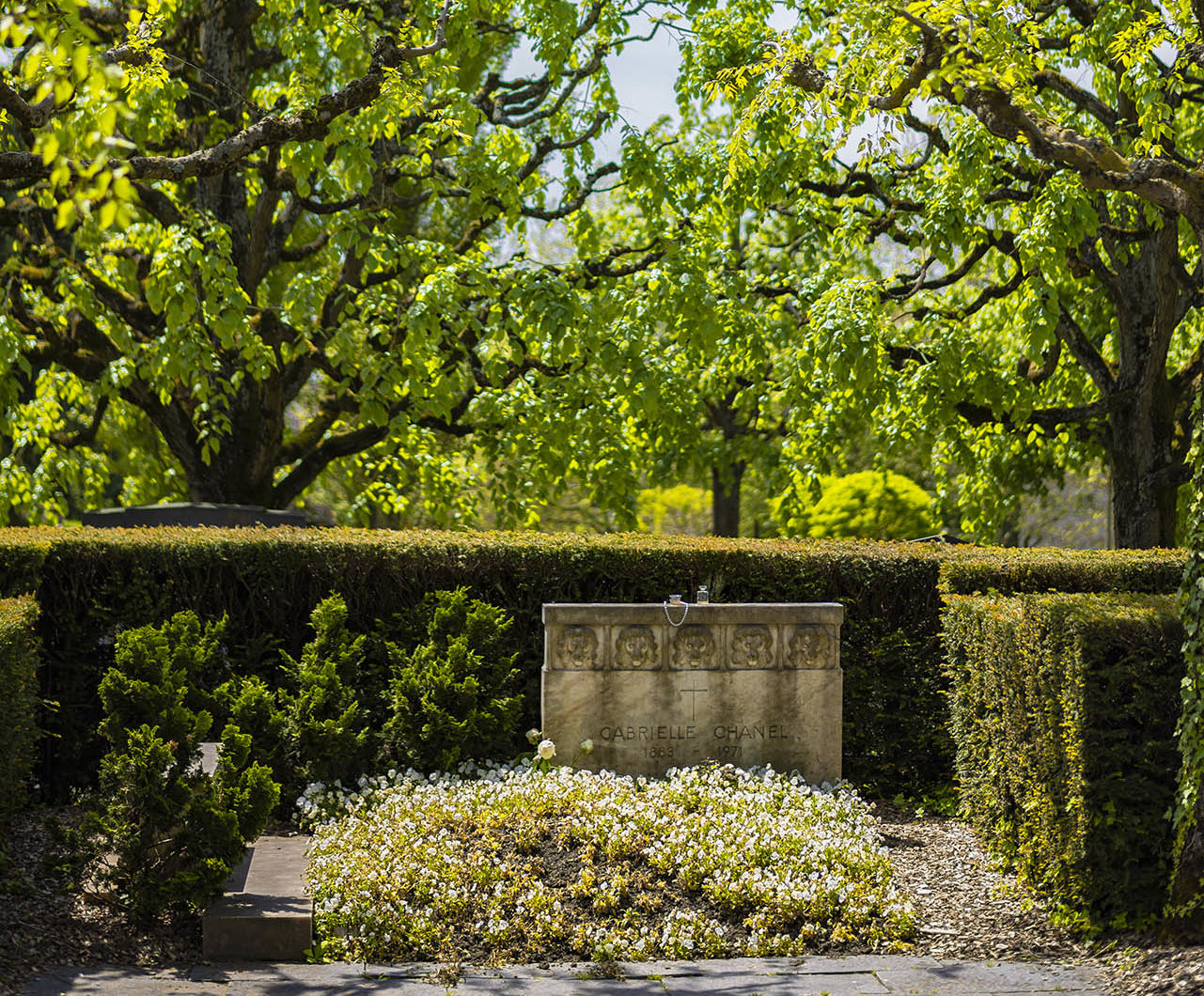
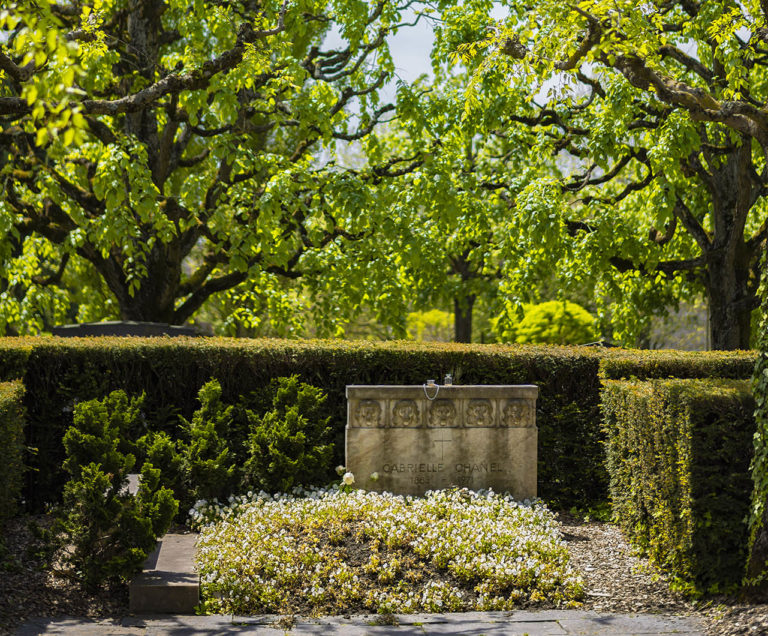
JULES ROMAINS (1885-1972)
After giving lectures in Lausanne, the “Men of Good Will” writer established solid bonds of friendship within the Belles-Lettres student literary society, to which in 1922 he dedicated his burlesque story “Les Copains”. In 1956, on the occasion of the 150th anniversary of that literary society, a play based on this work was staged at the Beaulieu Theatre, where the same author’s “Knock, or the triumph of medicine” had also been performed in 1930 and “M. le Trouhadec saisi par la débauche” in 1935.
JEAN COCTEAU (1889-1963)
The poet Jean Cocteau was a friend of Lausanne and of its Literary Association, to which he dedicated “Professional Secrets” (1922) and which staged several of his plays, including “Orpheus” in 1938 and “The Infernal Machine” in 1943. A painter when the fancy took him, Cocteau also exhibited in Lausanne. “To talk of Lausanne”, he wrote, “is to talk of my youth and my heart… Everything I get from Lausanne comes from a place where the air that you breathe is the air of the soul”.
CHARLIE CHAPLIN (1889-1977)
Born into an artistic family, Charles Spencer Chaplin Jr. was one of the most creative figures of the silent film era as a director, scriptwriter, producer, actor, editor and even musical composer for his films. As a victim of McCarthyism, he was prohibited from returning to the USA after a visit to London. He then established his family home at Corsier-sur-Vevey, on the Lake Geneva shore. A Charlie Chaplin Museum Area will open in 2016 at the Manoir de Ban, where the artist lived for more than 25 years until the end of his days, just a few kilometres from Lausanne. The archive of the Chaplin Photographic Fund is currently kept at the Elysée Lausanne museum.
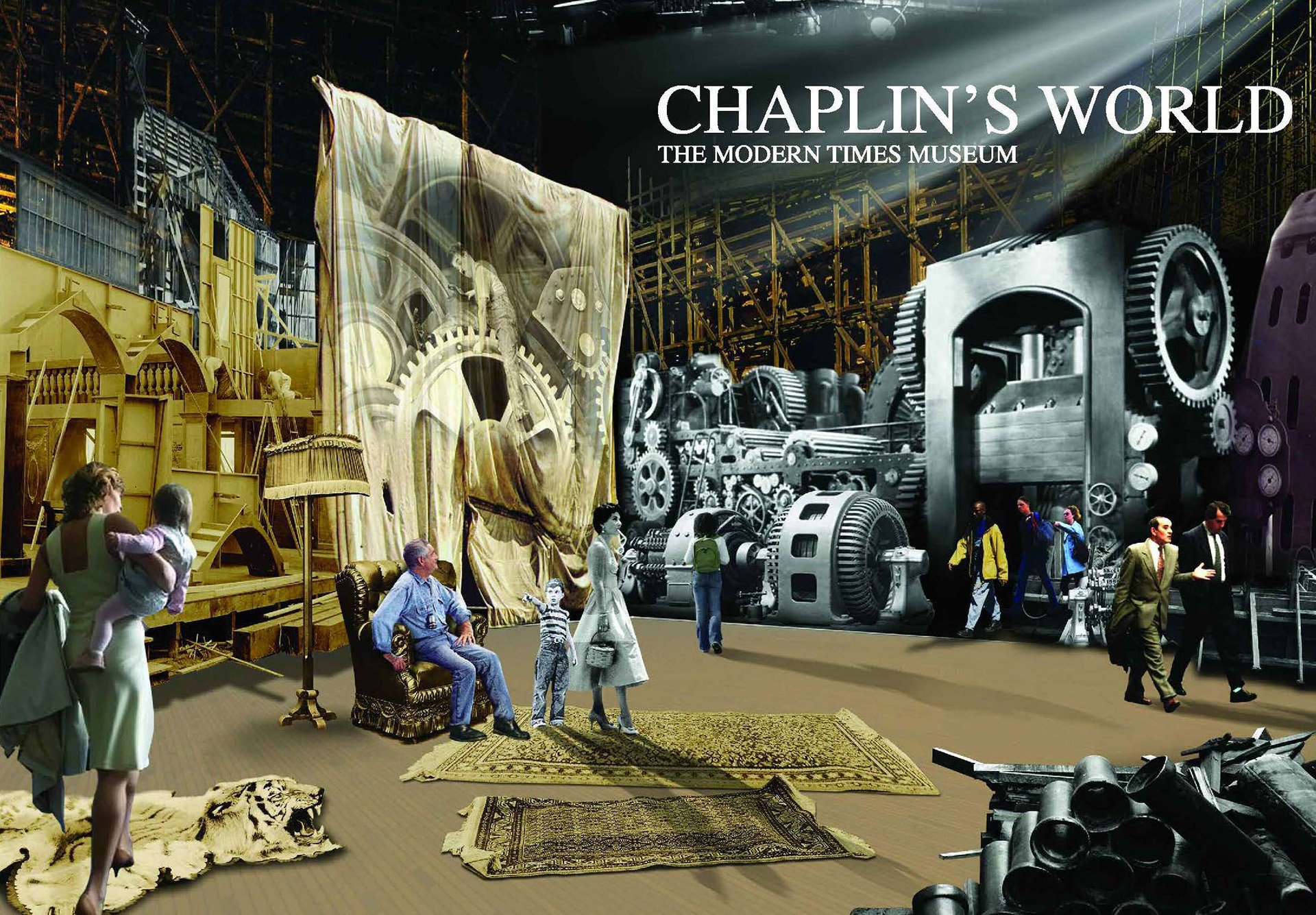
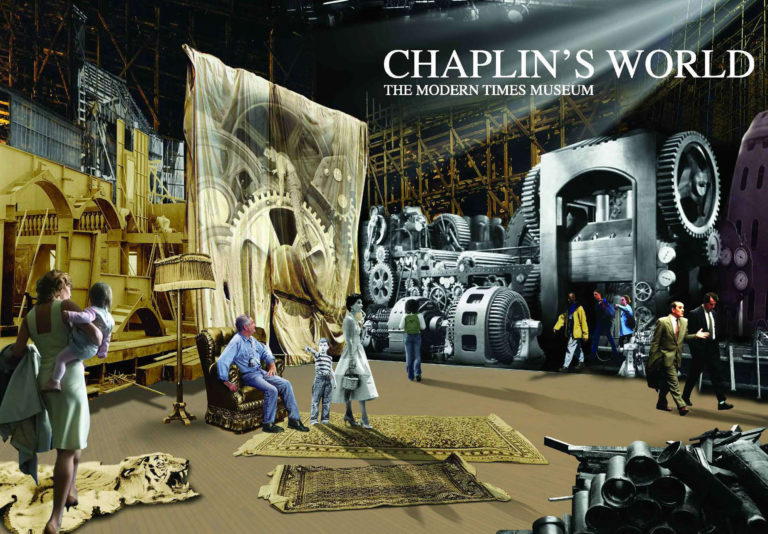
GEORGES SIMENON (1903-1989)
After travelling the globe and living in many different regions of the world, the Belgian writer, Georges Simenon, put down roots in the Lausanne region in the late 1950s, initially at his Echandens Château and then in Epalinges. From then on, Lausanne often served as the setting for his novels, notably “The Disappearance of Odile”. Having laid down his pen after a long writing career, Georges Simenon moved to Lausanne itself, residing in one of the turreted buildings on Avenue des Figuiers. Simenon died in Lausanne on 4th September 1989 and it was here that his ashes were scattered, at his own request.
JUAN ANTONIO SAMARANCH (1920-2010)
As President of the IOC from 1980 to 2001, Juan Antonio Samaranch had a profound love for Lausanne, where he lived from 1980, serving as an exceptional ambassador. The designation of Lausanne as Olympic City and then Olympic Capital with its collection of international sports institutions, the boost given to the IOC and the creation of the Olympic Museum allowed the name of our city to achieve a very high profile.
HUGO PRATT (1927-1995)
Pratt was the author who created Corto Maltese, a romantic yet modest and pragmatic adventurer who sailed the seven seas between 1904 and 1925. In 1984, Hugo Pratt moved to Switzerland, occupying a large house in Grandvaux, near Lake Geneva, where he assembled a collection of 35,000 books. He spent eleven peaceful years here before dying of cancer in a hospital at Pully, just outside Lausanne, on 20th August 1995. He is now commemorated in Grandvaux by a large bronze statue overlooking the vineyards of Lavaux, a UNESCO world heritage site since 2007, and the waters of the lake. At his request, Pratt’s remains are buried in the little cemetery outside the village gates. “Corto” is also the name given to an estate that opened to the public in 2007, encompassing panoramic vineyards below the terrace where the statue is located.
AUDREY HEPBURN (1929-1993)
After a career garlanded with success (she is one of only seven people worldwide to have won an Emmy, a Grammy, an Oscar and a Tony Award), in 1965 the British actress decided to set up home in an enormous house in the Lausanne countryside, which she christened “La Paisible” (“Tranquillity”). In 2012, the village of Tolochenaz, where Audrey Hepburn is buried, paid its homage by dedicating a square to her, in the centre of which a bust of her likeness enjoys pride of place.
BHUMIBOL ADULYADEJ, King of Thailand (1927-2016)
The King of Thailand spent the best part of his youth in Lausanne. He attended school at the canton’s École Nouvelle de la Suisse Romande before going on to study for a degree in law and political science at the University of Lausanne. The sudden death of his brother forced him to return to his country at the age of 19 and ascend the throne under the name of Rama IX.
However, this did not prevent him from returning to Lausanne to finish his studies and spend a few more years in the city. His daughter Ubol Ratana was born there. The king and his family finally moved back to Thailand in 1951. They did not return until the early 1960s, when they spent considerable time at the Villa Flonzaley in Puidoux. The King had a magnificent Thai pavilion built in the Lausanne’s Denantou Park in 2007 to express his gratitude for the many happy years he had spent in the city.
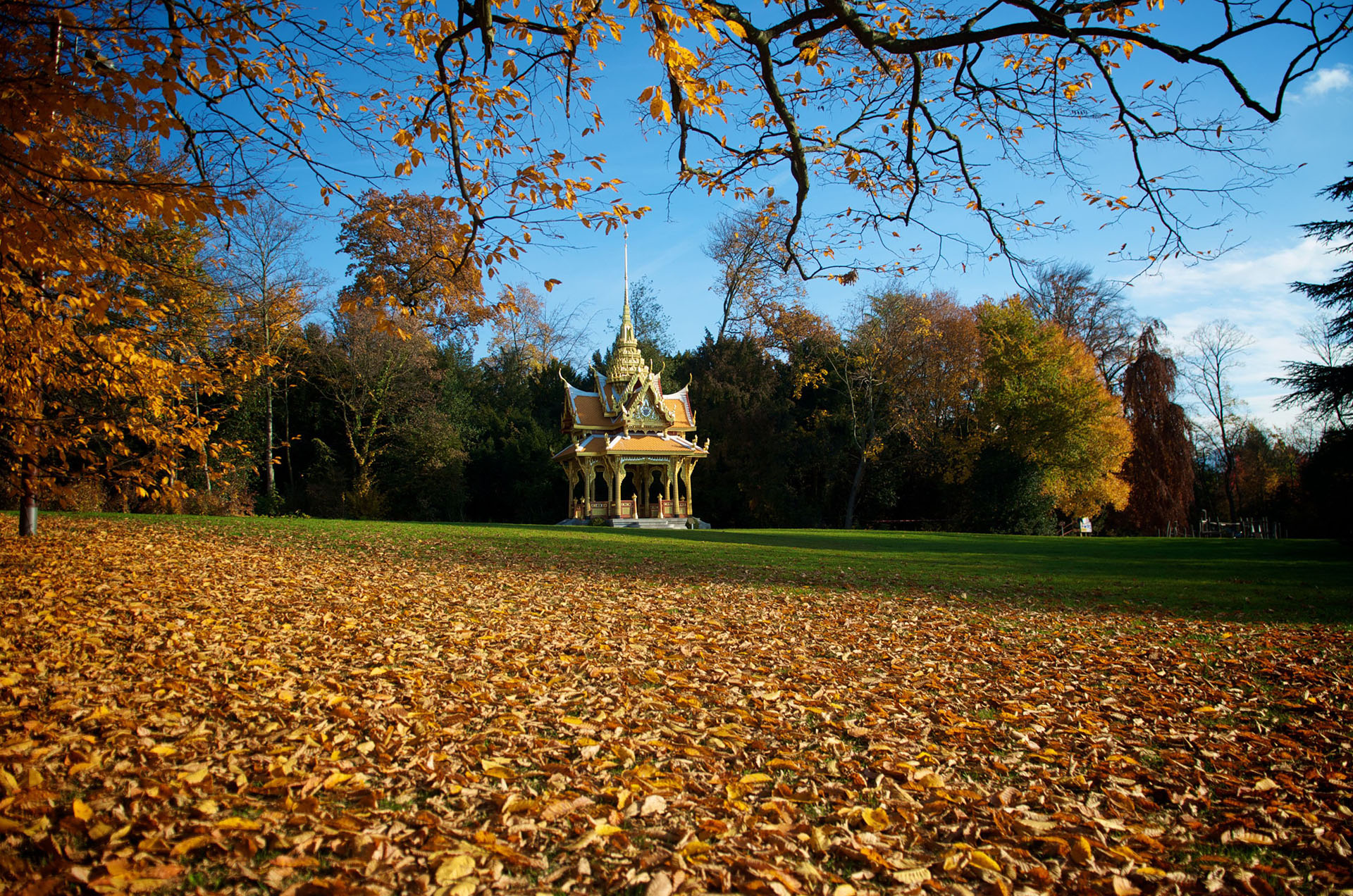
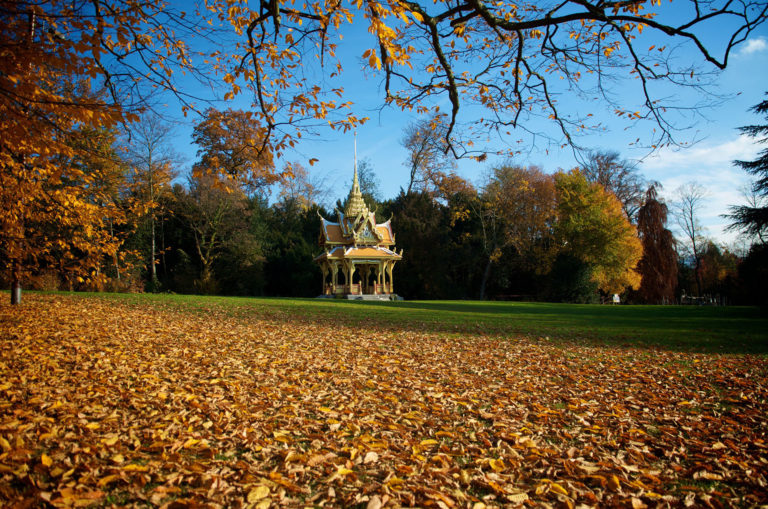
RENÉ GONZALEZ (1943-2012)
Over more than 20 years at the head of the Théâtre Vidy-Lausanne, René Gonzalez, who passed away recently, turned this institution into a key player on the European performing arts scene, thanks to numerous shows and co-productions staged both abroad and at top festivals. At that waterside theatre, this native Frenchman welcomed top contemporary artists while giving young writers and directors from near and afar their big break. He was a unique ambassador who worked to promote the cultural influence of the City of Lausanne.
VOLTAIRE (1694-1778)
In 1755, after his misadventures at the Court of Potsdam, François-Marie Arouet, known as Voltaire, was seeking to base himself in some tranquil place where he could work in complete freedom. He set his heart on Geneva and Lausanne, where he leased a property at Montriond. He often stayed there (and at the Grand-Chêne, his second residence) between 1755 and 1759, and took part in the theatrical activities of polite Laussanois society, which put on plays at Mon-Repos, home of the Marquis de Langallerie.



